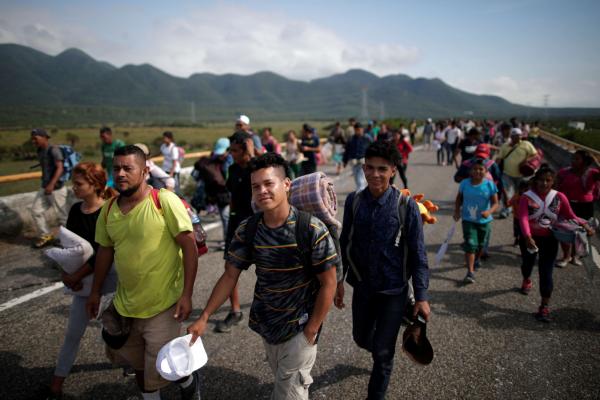Nov 21, 2018
This Thanksgiving presents some of the most striking contradictions I can remember: The story of the first Thanksgiving, particularly as taught and internalized among many white Americans, is an optimistic story of radical welcome and hospitality. But what that simplistic story painfully leaves out is how quickly Native welcome turned to European conquest, colonization and, yes, the near genocide of America’s Indigenous people.
Read the Full Article

Already a subscriber? Login
